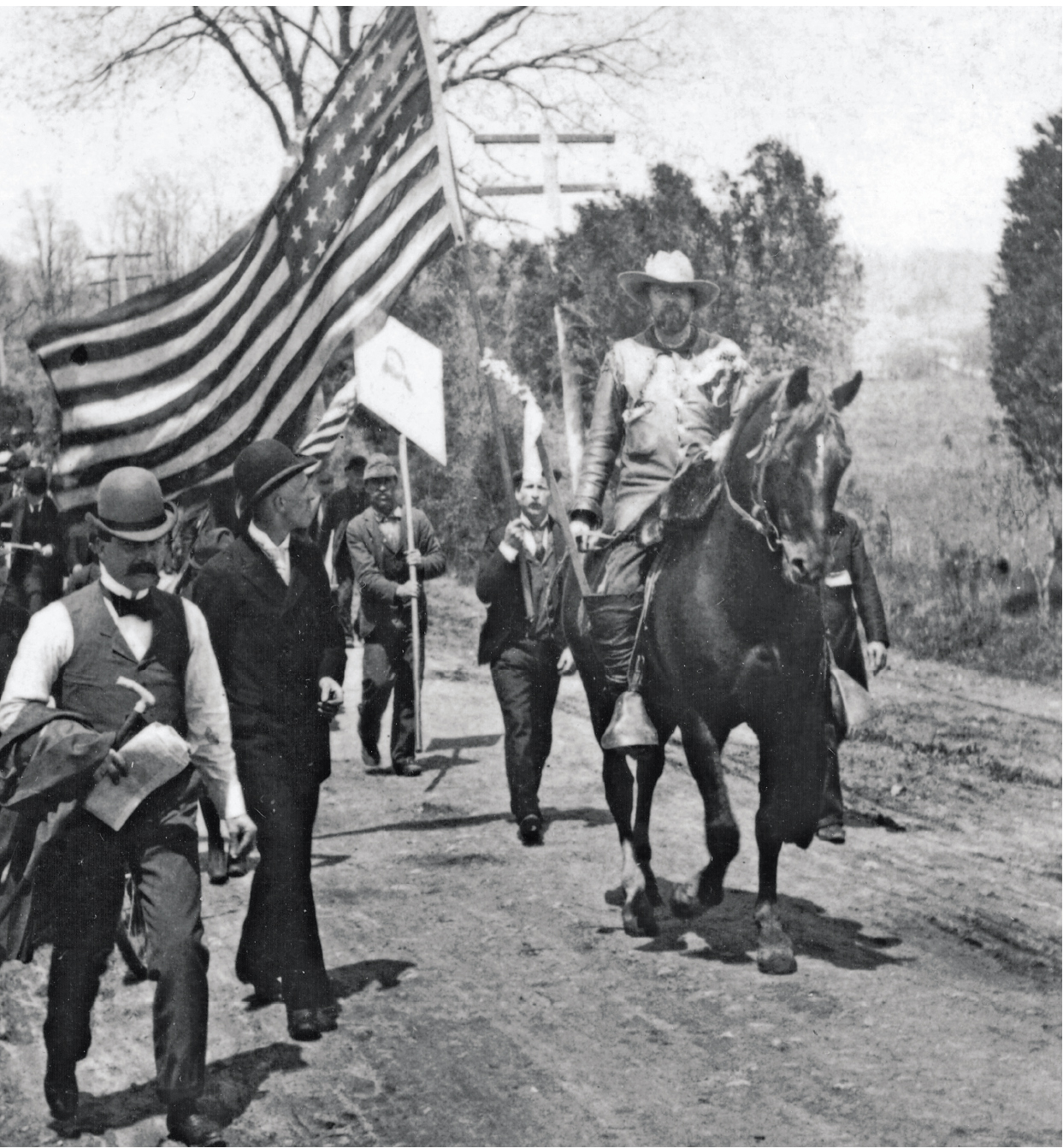America’s History: Printed Page 636
America: A Concise History: Printed Page 579
America’s History: Value Edition: Printed Page 562
Whose Government? Politics, Populists, and Progressives
1880–1917
20
CHAPTER
IDENTIFY THE BIG IDEA
In the Progressive Era, how and why did reformers seek to address the problems of industrial America? To what extent did they succeed?
We are living in a grand and wonderful time,” declared Kansas political organizer Mary E. Lease in 1891. “Men, women and children are in commotion, discussing the mighty problems of the day.” This “movement among the masses,” she said, was based on the words of Jesus: “Whatsoever ye would that men should do unto you, do ye even so unto them.” Between the 1880s and the 1910s, thousands of reformers like Lease confronted the problems of industrialization. Lease herself stumped not only for the People’s Party, which sought more government regulation of the economy, but also for the Knights of Labor and Woman’s Christian Temperance Union (WCTU), as well as for women’s suffrage and public health.

Between the end of Reconstruction and the start of World War I, political reformers focused on four main goals: cleaning up politics, limiting the power of big business, reducing poverty, and promoting social justice. Historians call this period of agitation and innovation the Progressive Era. In the 1880s and 1890s, labor unions and farm groups took the lead in critiquing the industrial order and demanding change. But over time, more and more middle-class and elite Americans took up the call, earning the name progressives. On the whole, they proposed more limited measures than farmer-labor advocates did, but since they had more political clout, they often had greater success in winning new laws. Thus both radicals and progressives played important roles in advancing reform.
No single group defined the Progressive Era. On the contrary, reformers took opposite views on such questions as immigration, racial justice, women’s rights, and imperialism. Leaders such as Theodore Roosevelt and Woodrow Wilson, initially hostile to the sweeping critiques of capitalism offered by radicals, gradually adopted bolder ideas. Dramatic political changes influenced the direction of reform. Close party competition in the 1880s gave way to Republican control between 1894 and 1910, followed by a period of Democratic leadership during Wilson’s presidency (1913–1919). Progressives gave the era its name, not because they acted as a unified force, but because they engaged in diverse, energetic movements to improve America.